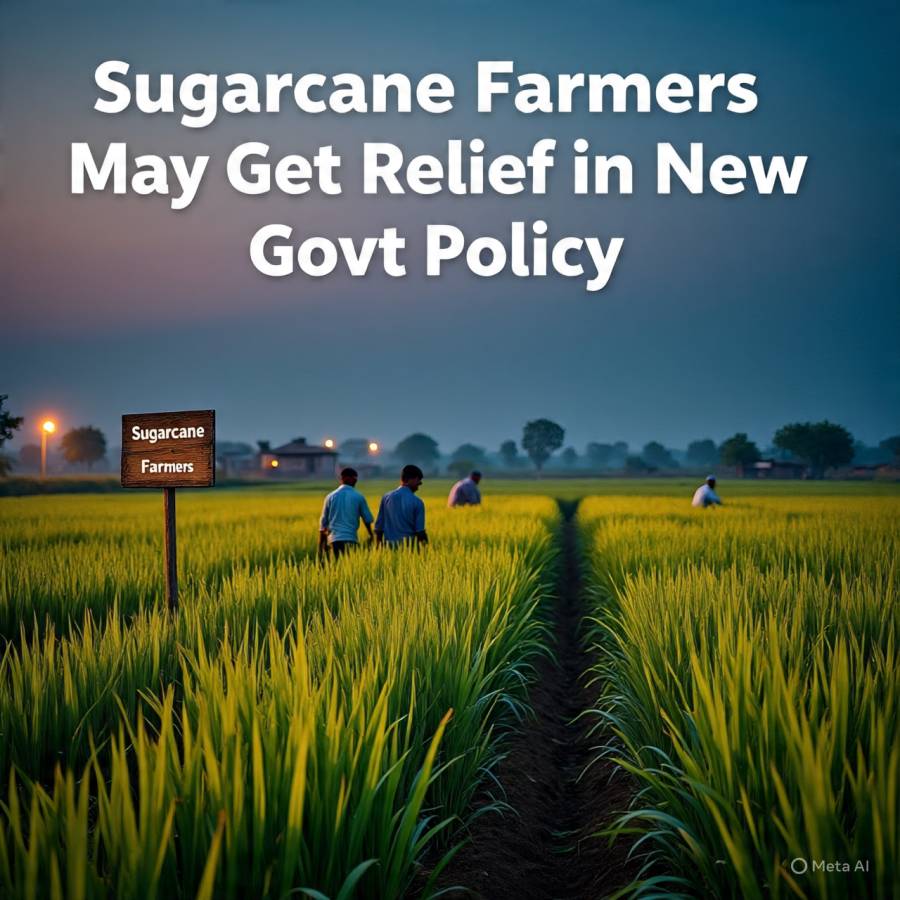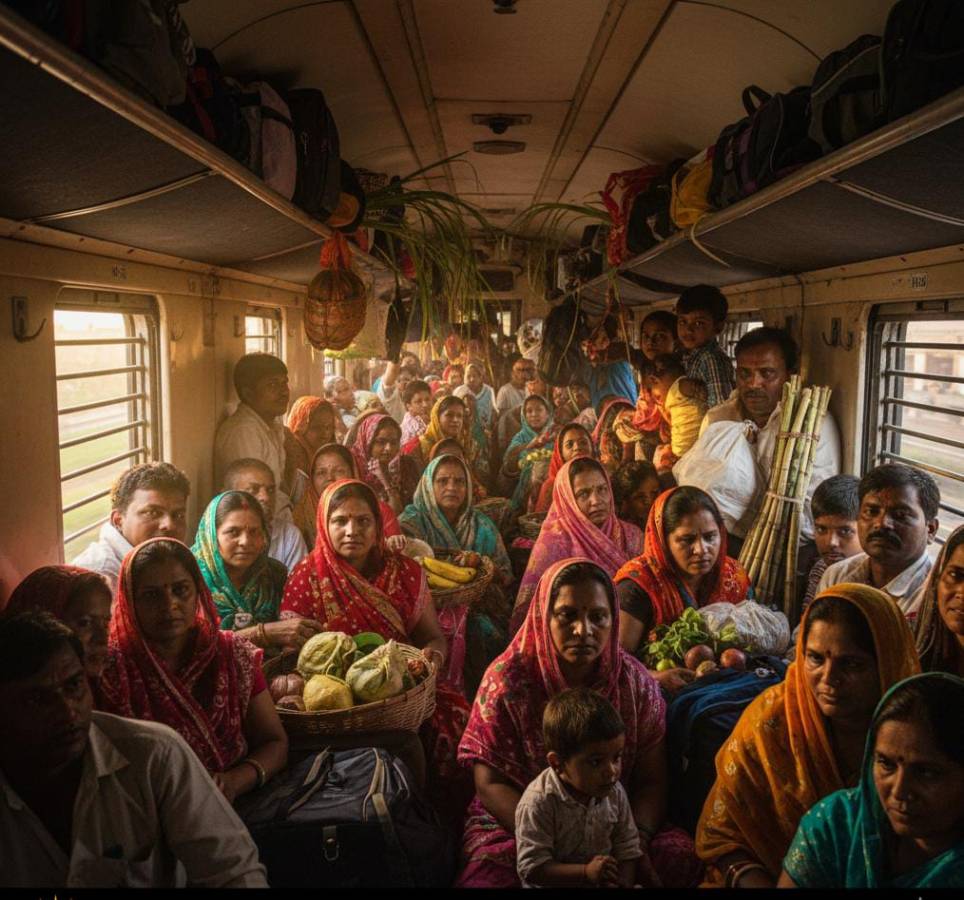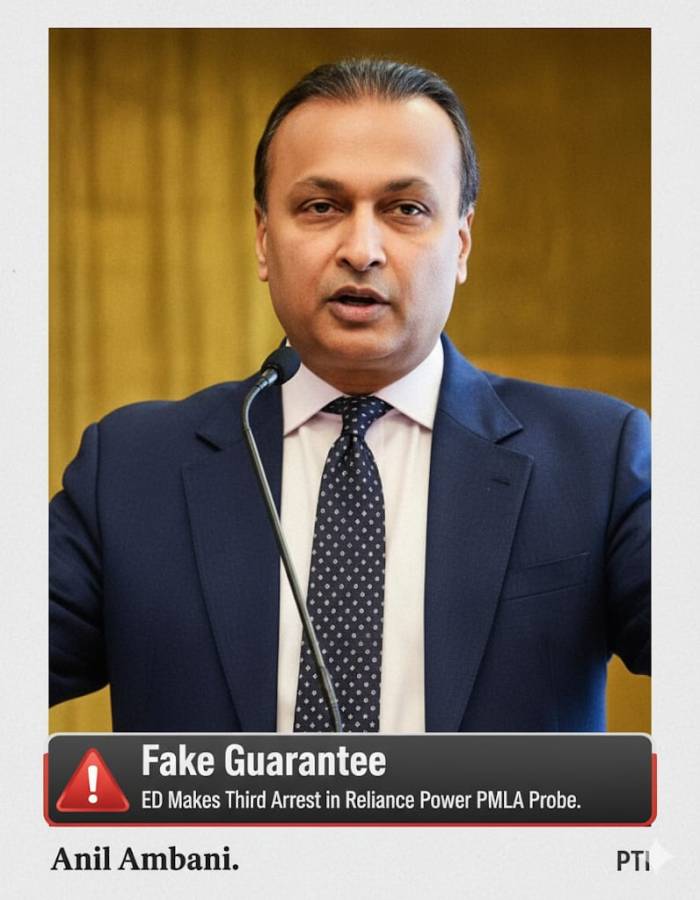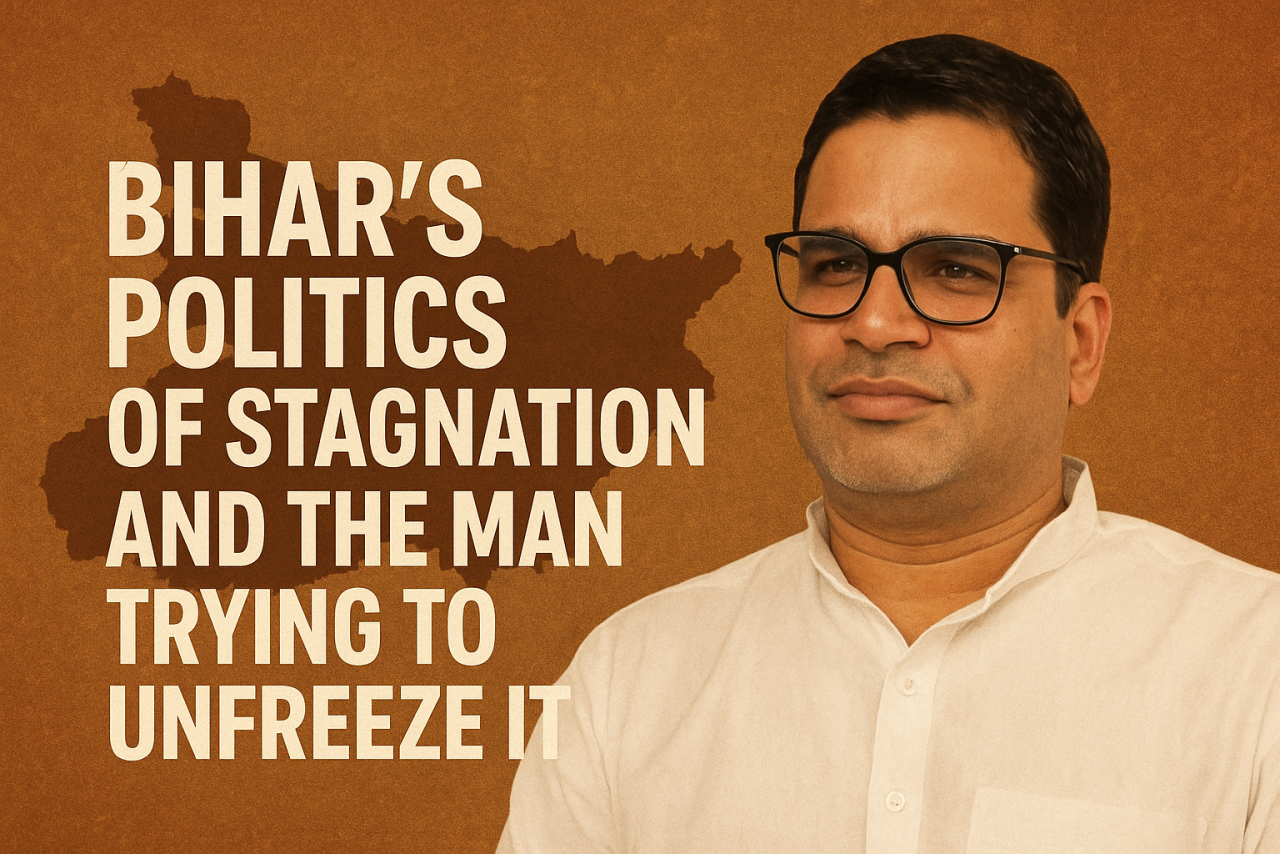
For thousands of sugarcane farmers across India’s villages, who have long waited for their rightful earnings and battled endless payment delays, the government’s new plan to revise the Sugarcane (Control) Order, 1966 could bring a wave of long-overdue relief. The draft proposal seeks to modernize old laws that no longer fit today’s rural realities, and if rolled out effectively, it could boost the income of sugarcane growers and revive the spirit of India’s sugar belt.
When the Sugarcane Order first came into existence in 1966, sugar was the only major product made from cane. Back then, sugar mills were few, and the focus was solely on white sugar. But the times have changed in Bharat’s villages. Today, rural sugar mills and cooperative units not only produce sugar but also ethanol, electricity, molasses, bagasse, and even bio-CNG. These new by-products add to the mills’ profits, but farmers — the true backbone of the industry — have rarely received their fair share of this additional income.
The new draft aims to correct this imbalance. It proposes that the Fair and Remunerative Price (FRP) of sugarcane be linked to the total revenue from all cane-based products, not just sugar. This could be a turning point for cane growers in rural belts from western Uttar Pradesh to coastal Maharashtra, ensuring that the prosperity of the sugar industry trickles down to the very fields where the cane grows.
One of the most welcome features of the proposed order is the timely payment clause. Farmers often complain of waiting months for their dues after sending their cane to mills. The new rule directs mills to clear payments within 14 days of purchase. For many farming households, that could mean better cash flow during harvest season, timely loan repayments, and relief from the grip of rural moneylenders.
The Sugarcane (Control) Order also gives the Centre the power to fix cane prices, regulate sugar production, and oversee its movement. Though it has been amended several times, most changes were piecemeal. The new draft, however, aims to overhaul the system completely, making it farmer-friendly, transparent, and more attuned to modern rural economics.
Officials believe the proposed framework will help stabilize sugar prices, reduce volatility, and make the Indian sugar sector more globally competitive. At present, India has around 703 sugar mills, including private, cooperative, and public sector units. Together, they form a ₹1.3 lakh crore industry that provides direct and indirect employment to millions of rural families.
Another key reform being discussed is the 15-kilometer minimum distance rule between sugar mills. This rule, introduced decades ago to prevent overcompetition, has now become outdated. It restricts the opening of smaller, village-level mills and reduces farmers’ choices of where to sell their cane. The government is considering relaxing or removing this distance rule, which could allow small-scale mills and rural cooperatives to thrive once again, empowering farmers in local clusters.
Importantly, the revised order also seeks to bring khandsari and raw sugar units under the same policy umbrella. These smaller, often family-run units are deeply rooted in rural India’s sugar tradition and currently account for about 31% of total cane consumption. However, they face difficulty competing with large industrial mills due to lower efficiency and outdated technology. Including them in the policy framework would make the sugar economy more inclusive and protect the livelihood of thousands of rural workers.
Experts believe that these changes could have a far-reaching impact — not only on rural incomes but also on politics. Sugarcane farmers play a major role in shaping the electoral landscape of key states like Uttar Pradesh, Maharashtra, and Karnataka, which together send nearly one-third of Lok Sabha members to Parliament. Strengthening the hand of the farmer, therefore, carries both social and political weight.
Sudhir Panwar, a farm expert and member of the Uttar Pradesh Planning Commission, noted that the new draft extends government oversight beyond sugar to the entire cane-based industry, including khandsari, jaggery, and ethanol. This could bring much-needed balance and fairness to the system.
While farmer unions have largely welcomed the proposed changes, industry associations like the Indian Sugar and Bio-Energy Manufacturers Association (ISMA) have yet to formally respond. Government officials say that once the draft is released, public consultations will begin to incorporate feedback from all stakeholders.
For India’s gaon (village) economy, this move could mark a major shift. Linking cane prices to all by-products and ensuring faster payments would directly boost rural cash flow, strengthen cooperative societies, and support the government’s push for ethanol blending and green energy.
If implemented well, this reform could do more than sweeten the sugar industry’s fortunes. It could finally ensure that the hands that cut the cane in the fields of Bharat — under the hot sun and heavy monsoon — get their rightful share of the nation’s sweetness.




















